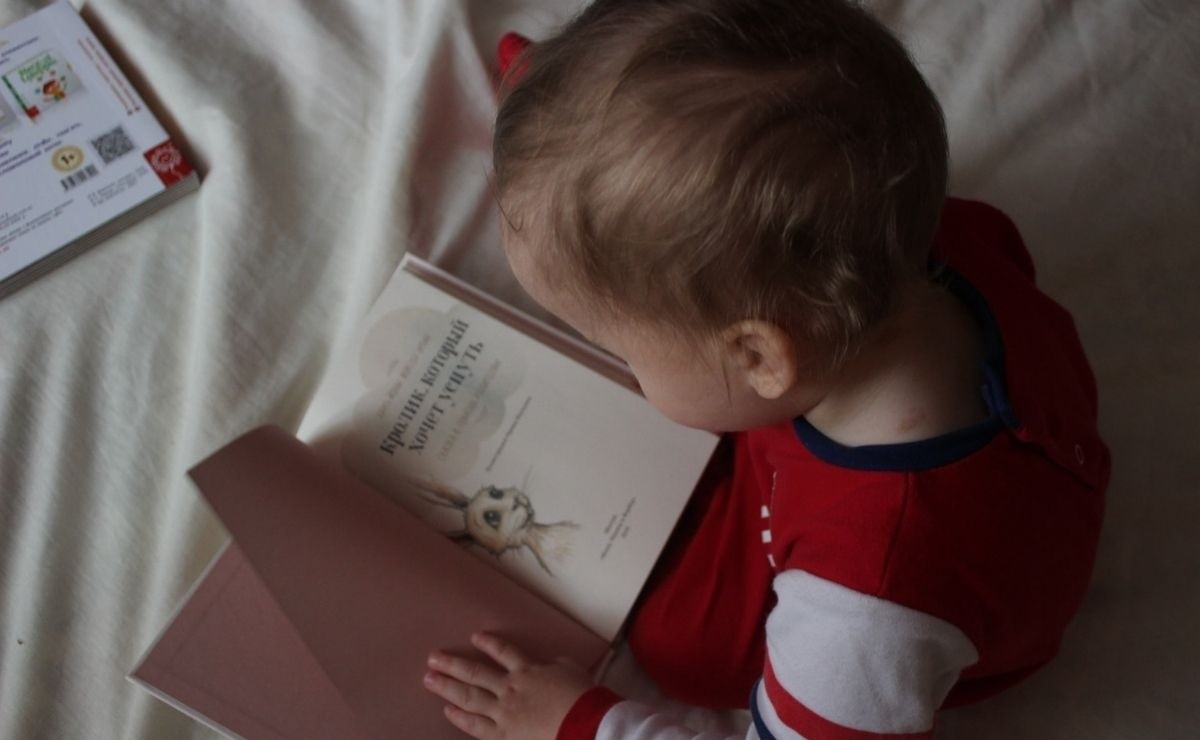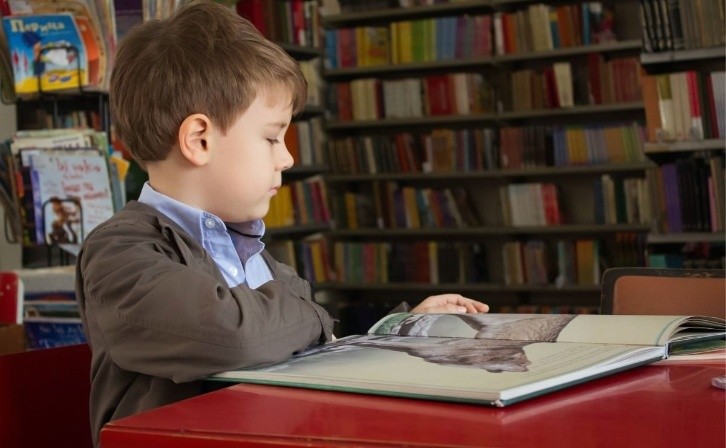
Children learn languages from the people around them, if they are exposed to several they could be bilingual or polyglot
It is no secret to anyone that mastering several languages can open many doors for you professionally speaking, which is why many parents wonder how many languages a child can speak .
Q: If a newborn child grows up listening to people speak many languages, will he or she later be able to speak all those languages?
— Puneesh T., India
A: Children learn languages from the people around them. If they are exposed to multiple languages, they may grow up to be bilingual or multilingual. These types of environments are not unusual; the consensus among linguists is that most children in the world grow up hearing multiple languages.
So what if a child were raised in an environment where they were exposed to dozens or hundreds of languages? Imagine an Oliver Twist-type character, growing up in some sort of hypothetical global train station, interacting with a rotating cast of station employees and visitors from all over the world. Could such a child become “omnilingual”?
Probably not, responded Suzy J. Styles, a developmental psychologist at Nanyang Technological University in Singapore who studies language acquisition. One of the obstacles is time: the more languages you are exposed to, the less exposure you will have to each of them. If you study 365 languages in a year, you wouldn’t get more than a full day of exposure to each one.

Styles says that this scenario also leaves out something fundamental: what the child wants. Children are not mere sponges that absorb everything around them (if they were, mealtime would be much easier). They pay attention to the world and develop feelings and opinions about it, and that plays an important role in how they learn.
"Kids are motivated by seeing others use their language together," Styles said. “And generally, they will be motivated to use those languages that they see as having the greatest social impact.” If a nondescript traveler wanders around the station speaking in an unknown language and nobody pays attention to him, it is very likely that the child will not pay attention either. But if someone really flashy and cool shows up speaking Icelandic or ancient Minoan and everyone turns to see him, the kid will pick up on it.
If people seem excited to talk to the newcomer, the child might get the impression that the language is cool and desirable to learn. Children pay more attention to the speech of people they are interested in and want to imitate.
In other words, to learn many languages, children not only need exposure, but also motivation. "One place that is particularly known for its linguistic density is the Highlands region of Papua New Guinea," Styles said, "where being able to communicate in multiple neighboring languages is a huge social advantage." In situations like that, kids can learn to communicate fluently in a wide variety of languages, Styles says.
So if you want to motivate a child to learn a lot of languages, you have to expose them to a lot of them and make those languages look desirable and even cool.
How is that achieved? Well, honestly, maybe I’m not the best person to answer that. Despite my best efforts, “How to make something look cool to kids at school” is a skill I never mastered.